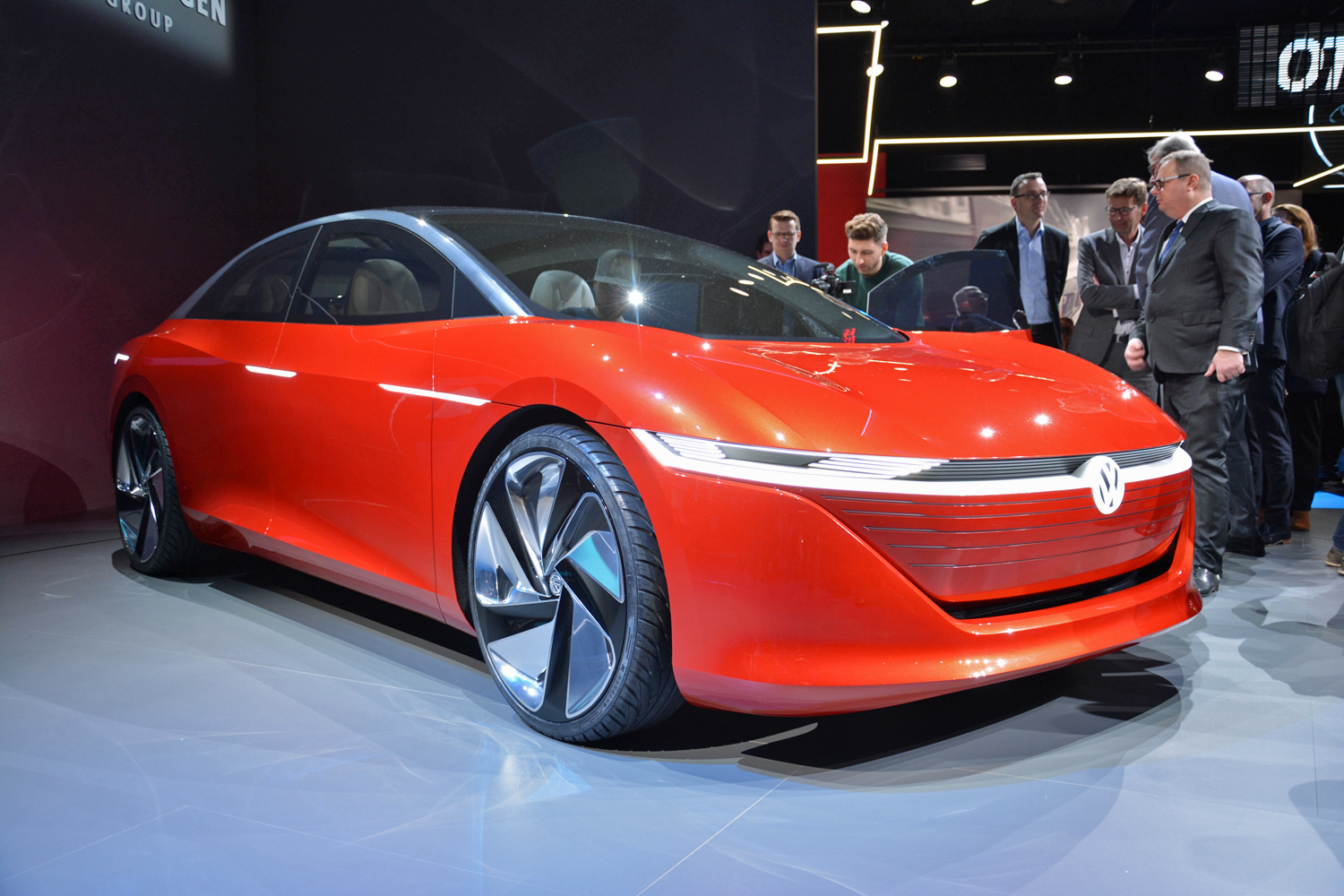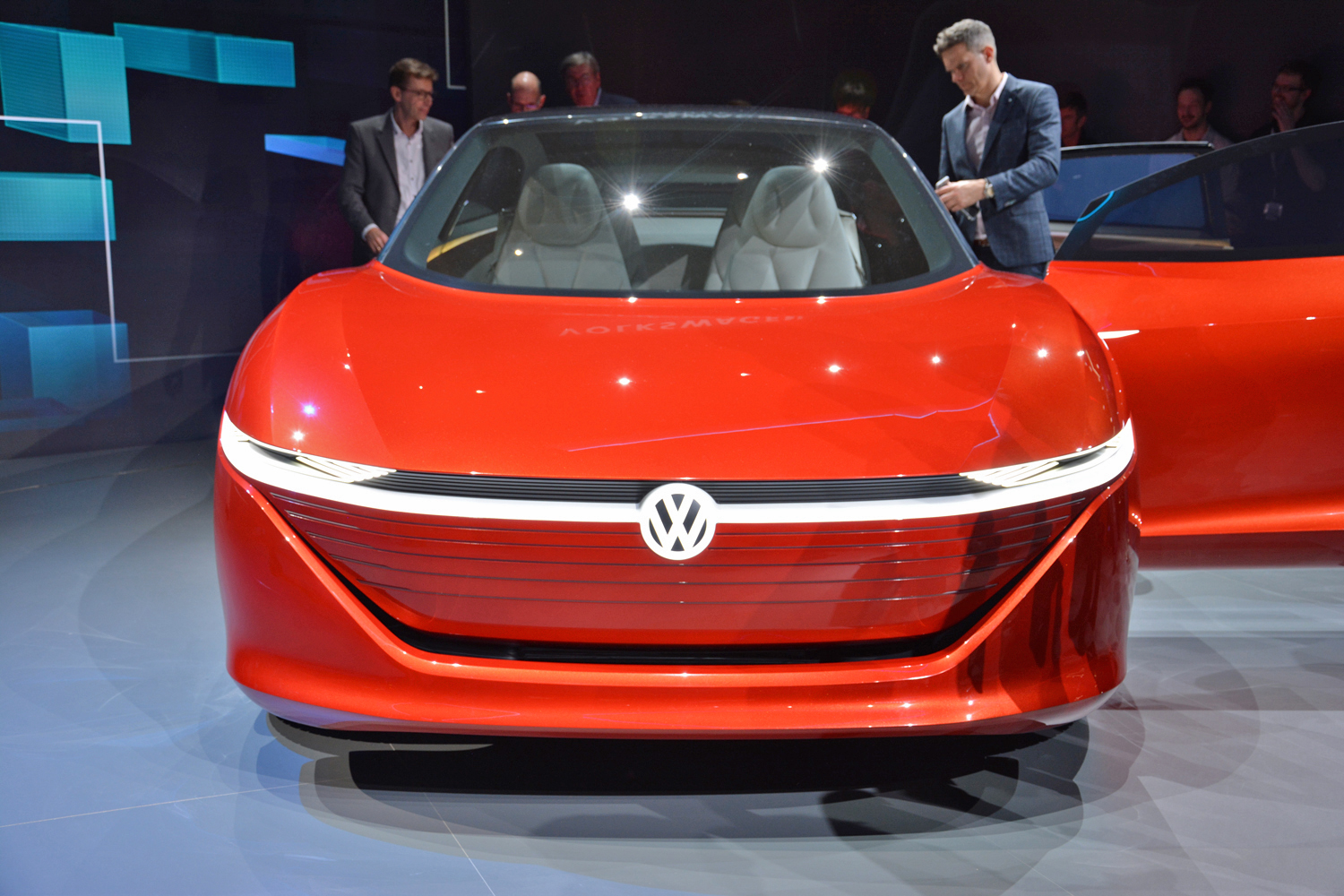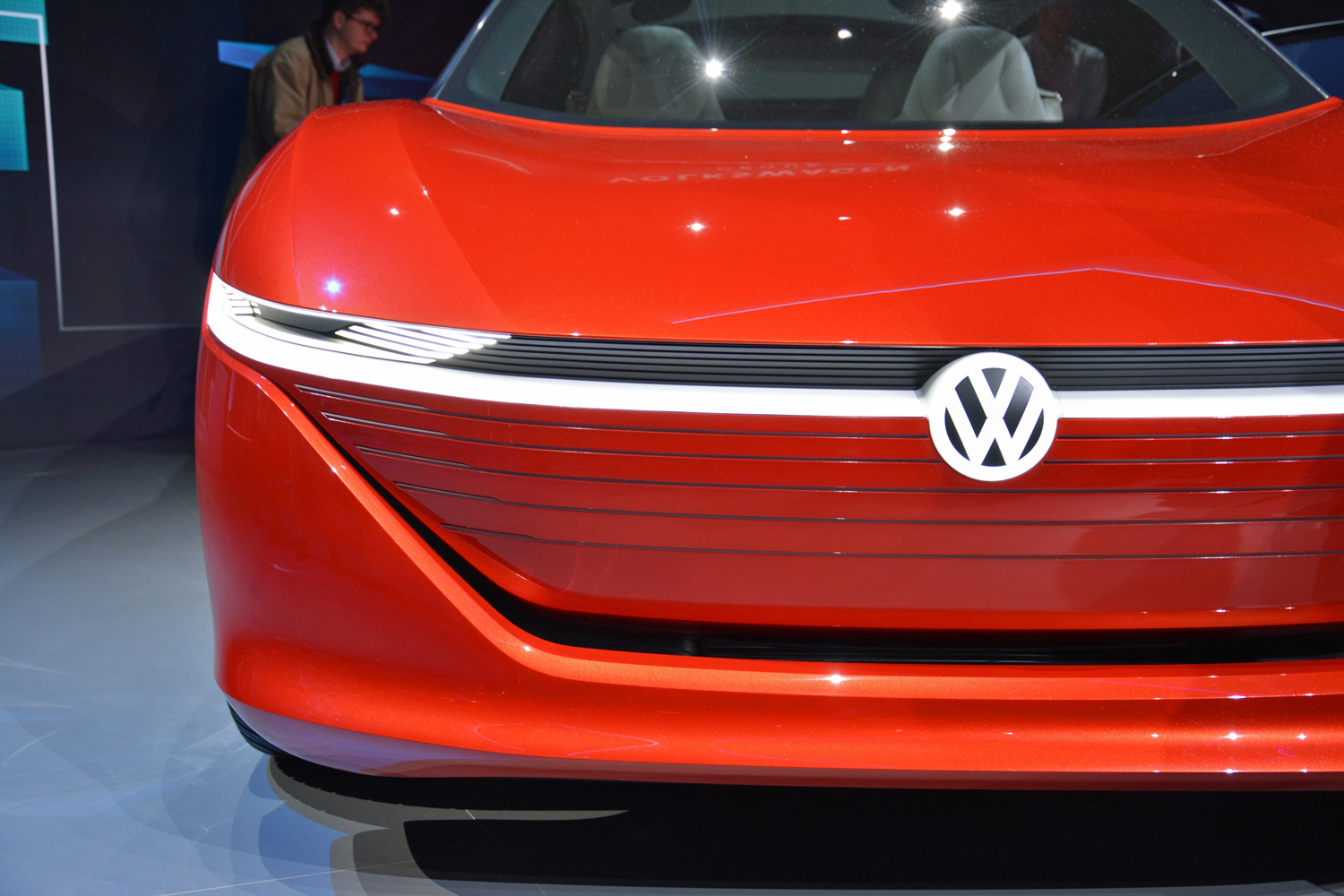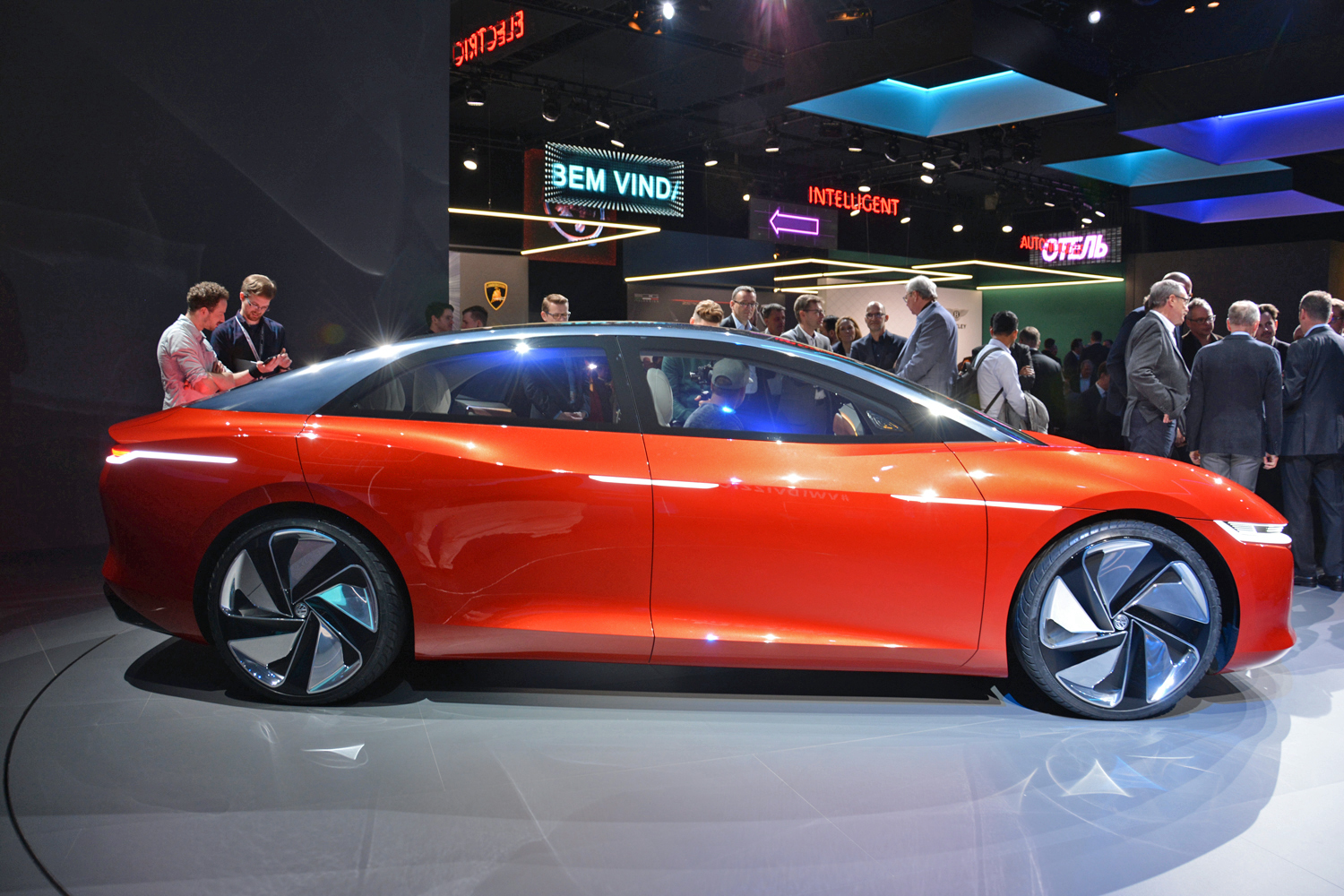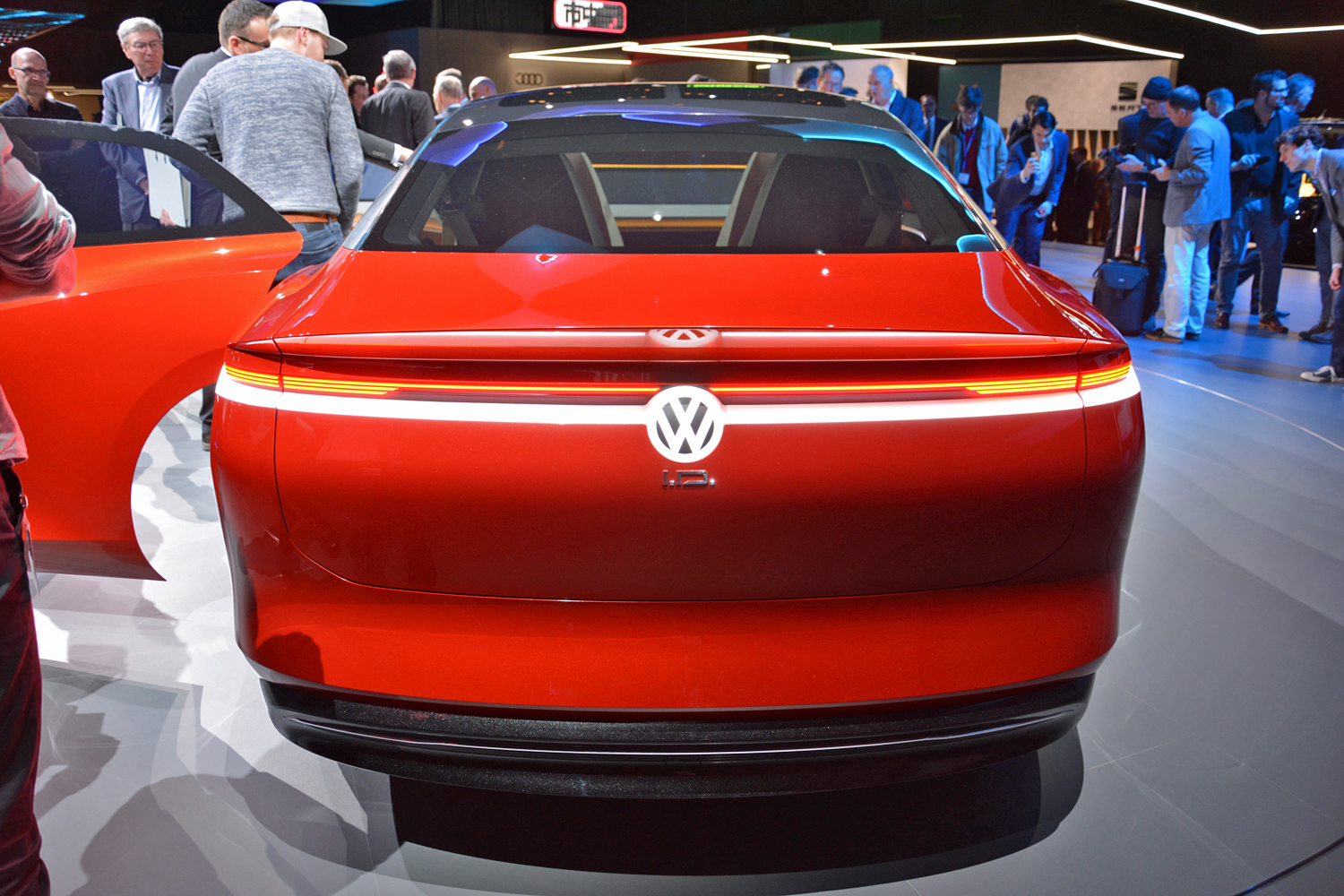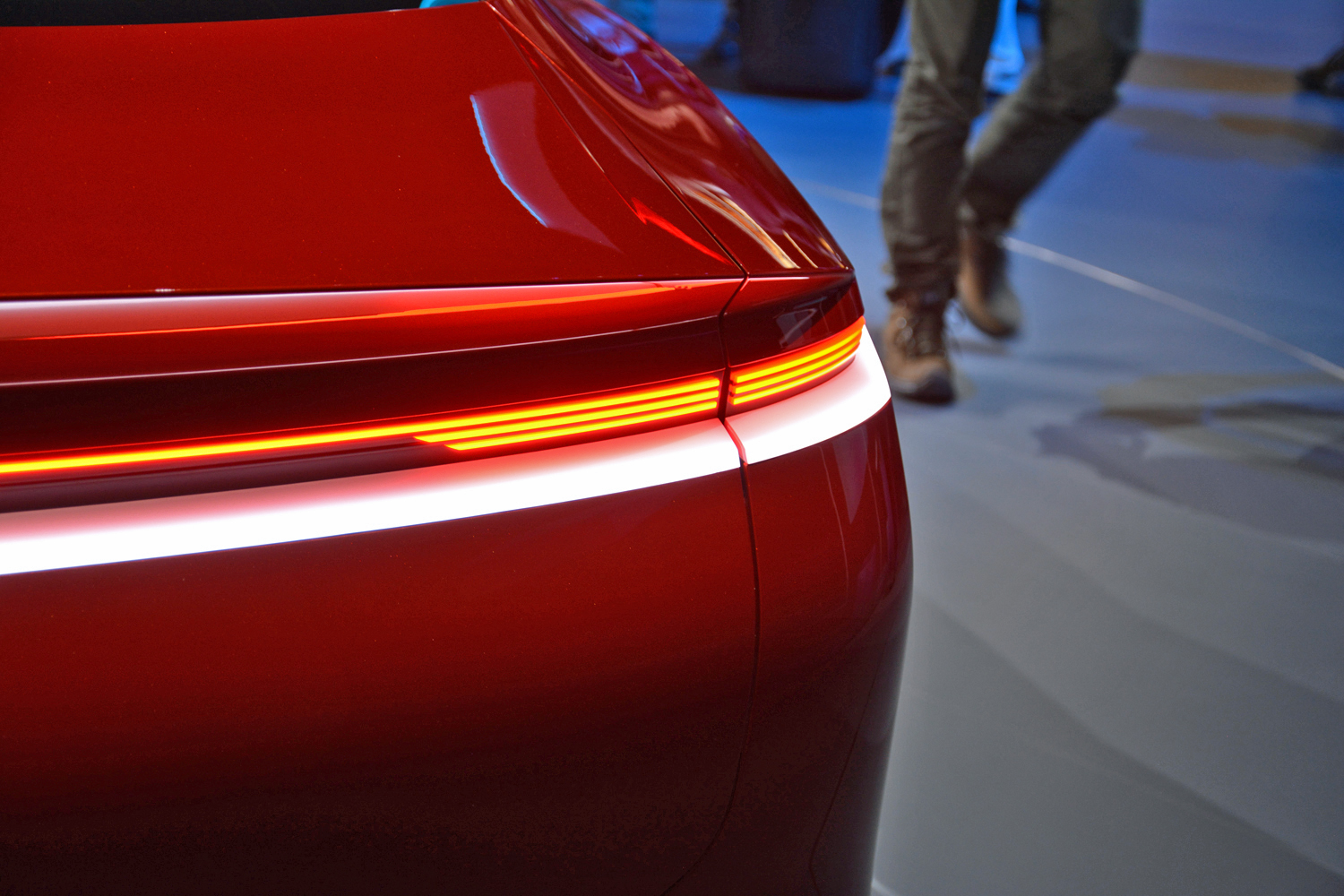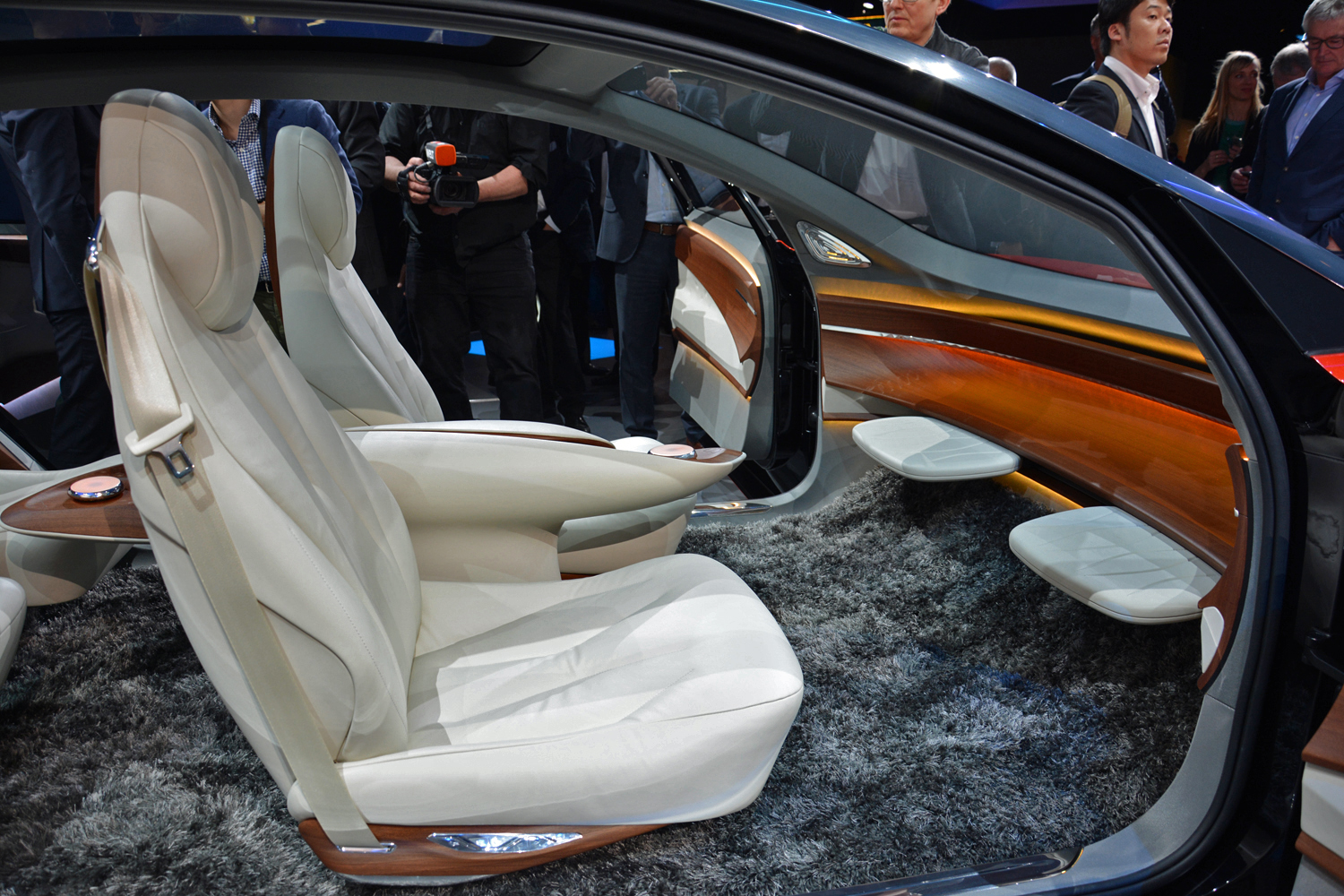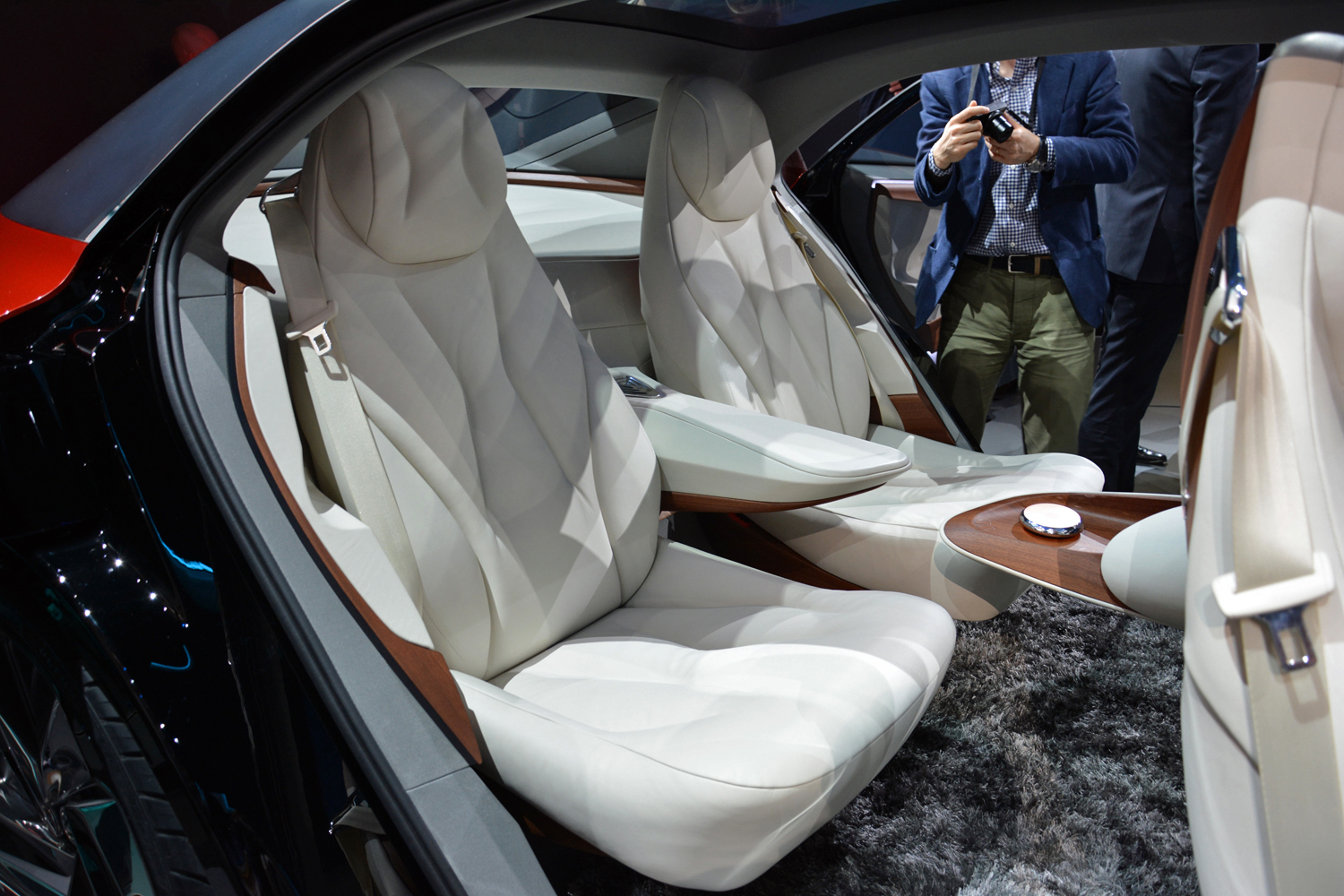The I.D. Concept Volkswagen unveiled at the 2016 Paris auto show wasn’t just another design study built to turn heads under the spotlights. It was the harbinger of a new era for the German brand, one that places an unprecedented (and unabashed) focus on electric cars and connectivity.
It also inaugurated a modular platform capable of underpinning an entire lineup of battery-powered models. And, it signaled Volkswagen’s return to a rear-engined, rear-wheel drive configuration after a long hiatus. Here’s why the layout is making a comeback.
Christian Senger, the head of Volkswagen’s e-mobility department, reminded us the original Golf introduced in 1974 carried about 60 percent of its weight over the front axle. This configuration helped give the Golf better traction on slippery surfaces and made it sure-footed to drive even on dry roads.
Volkswagen has followed this basic formula ever since but going electric throws a wrench into the system. The lithium-ion battery pack that occupies most of the space between the axles makes the entire powertrain heavier than even a big-block V8 engine.
“With a long-range car, you have no chance to place 60 percent of the weight on the front axle,” Senger told Digital Trends. Placing the electric motor over the rear axle means even cars with the smallest available battery pack will have enough weight over the driven wheels to provide traction on wet or icy surfaces. Senger and his team have tested early prototypes of the production-bound I.D. hatchback, which will enter production next year, and found it performs better than other two-wheel drive cars on the market, like the Chevrolet Bolt.
Some members of the I.D. family will offer dual-motor all-wheel drive. In simple terms, Volkswagen will add a second electric motor to the front axle to create a through-the-road system. This will be done primarily for performance reasons, not to give the car more traction.
Adding another power source isn’t an option, however. MEB-based cars will be all-electric, all the time. Senger explained the platform isn’t prepared for any type of range extender (like the two-cylinder engine BMW offers on the i3) or any fuel type other than electricity. “We’re not making compromises,” he asserted.
Volkswagen designed the MEB platform with autonomy in mind, too. The company plans on adding new features to MEB-based cars on a yearly basis, sometimes through an over-the-air updating system. Don’t expect to see a Volkswagen drive itself down a highway without a human behind the wheel anytime soon, though. The I.D. Vizzion concept (pictured) introduced last month at the Geneva auto show is a glimpse into the long-term future, not a preview of what’s coming soon.
“An I.D. car with no steering wheel won’t happen before 2025,” Senger stated.
